Energy-efficient upgrades promise lower utility bills and a smaller carbon footprint—but they don’t always come without strings attached. Behind the sleek solar panels and smart thermostats, there can be a web of unexpected expenses that catch homeowners off guard. From pricey maintenance to confusing tax implications and complicated installations, going green isn’t always as straightforward—or as cheap—as it seems. Before you dive into the world of eco-friendly home improvements, here are 14 hidden costs you’ll want to consider.
1. High Upfront Costs

The most immediate and obvious hidden cost of many energy-efficient upgrades is the initial price tag. According to Consumer Reports, while energy-efficient appliances or solar panels might save you money over time, they often require a significant upfront investment. The cost of installation, especially for larger projects like solar panels or geothermal heating systems, can be quite high. These expenses can be prohibitive for homeowners without sufficient savings or financing options.
In addition to the installation itself, there may be unforeseen costs related to permits, inspections, or even structural changes to your home to accommodate new systems. Energy-efficient windows, for example, may require custom fittings or upgrades to your home’s frame. These extra expenses can quickly add up, making what seemed like a cost-saving decision a much pricier investment than originally anticipated.
2. Maintenance and Repair Fees
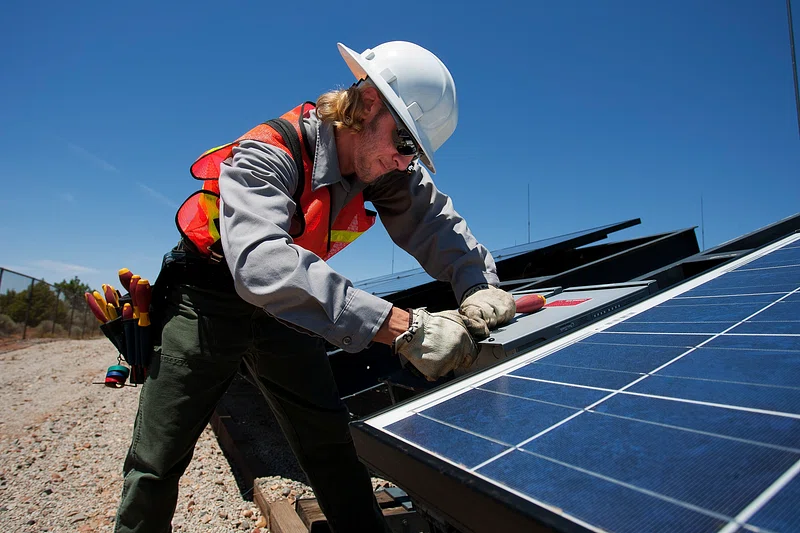
While energy-efficient systems are often marketed as low-maintenance, many require regular upkeep to continue functioning efficiently. Real Simple notes that HVAC systems, especially high-efficiency units, require more frequent maintenance compared to standard models. For example, heat pumps and geothermal systems need annual check-ups to ensure they operate at peak efficiency. Failure to maintain these systems can lead to reduced performance and increased energy use.
Additionally, when energy-efficient systems do break down, repair costs can be significantly higher. Specialized parts for things like energy-efficient appliances, solar panels, or hybrid heating systems are not always readily available and can be more expensive than those for conventional systems. This can mean long waits for repairs, during which your energy savings could be lost.
3. Energy Audits and Professional Assessments

Before you make energy-efficient upgrades, many experts recommend getting an energy audit to assess your home’s needs. These audits can range from $200 to $600, depending on the size of your home and the complexity of the analysis, says the Department of Energy. While audits are helpful in identifying the most effective upgrades, they add an extra layer of cost before you even begin the project.
Moreover, you may also need to hire additional professionals, such as insulation contractors or electricians, for specialized assessments or upgrades. The costs of these services can quickly accumulate, especially if you’re retrofitting an older home that requires more extensive work to meet modern energy standards.
4. Compatibility with Existing Systems
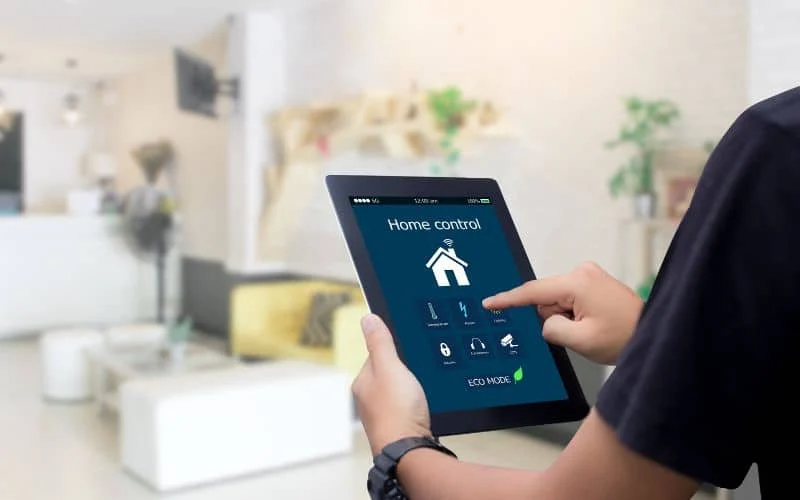
Not all energy-efficient upgrades are plug-and-play solutions. The New York Times points out that older homes may need extensive modifications to accommodate new energy-efficient systems. For example, switching to a high-efficiency furnace may require upgrades to your home’s ductwork, electrical system, or even plumbing to ensure proper operation. These unexpected compatibility issues can add thousands of dollars to your project.
Even smaller upgrades, such as smart thermostats, may not integrate well with older heating and cooling systems. Homeowners might find that their existing setup requires costly modifications to make the new technology work. This can be especially true if you’re trying to make multiple upgrades at once, leading to unexpected costs and delays.
5. Utility Provider Upgrades
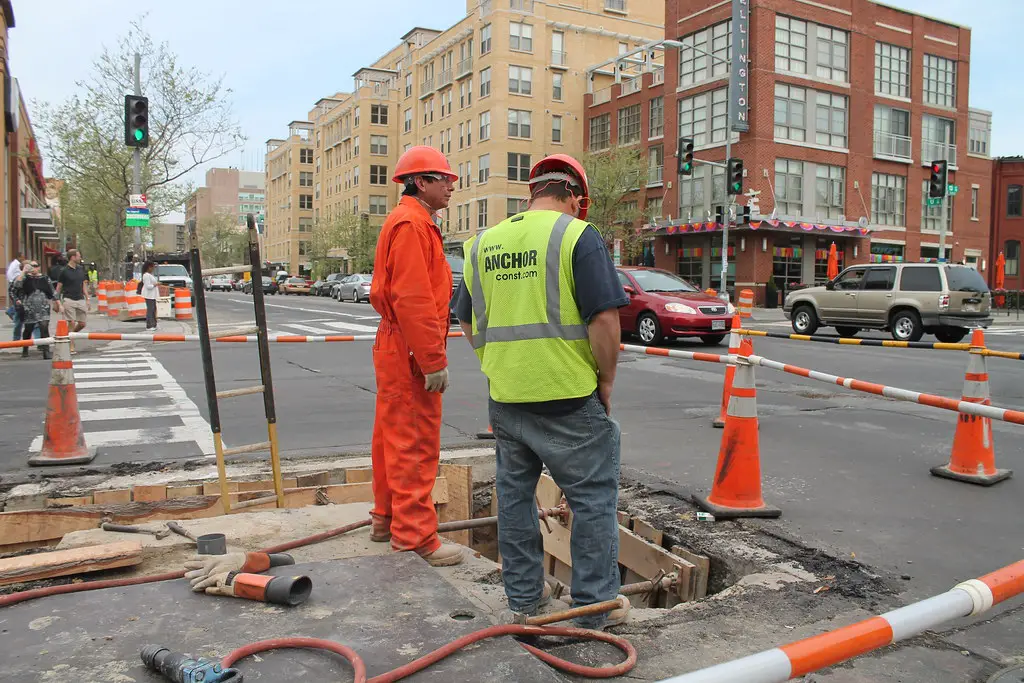
If you’re installing an energy-efficient system that requires more power or a different type of power, you may need to upgrade your home’s electrical service. These upgrades can involve expensive rewiring and new equipment. For example, installing a large solar panel array might require a service upgrade to handle the increased load, which could mean hiring an electrician to replace your electrical panel or rewire sections of your home. These upgrades can quickly turn into a major additional cost.
Additionally, you may need to work with your utility provider to make sure that your new system is compatible with the grid, which can involve both time and extra fees. Some energy-efficient technologies, such as wind or solar energy systems, may even require separate meters or new infrastructure to connect to the grid. These provider upgrades can be time-consuming, potentially causing delays in your project while also raising the overall cost of your energy-efficient home improvements.
6. Increased Insurance Premiums

When you make energy-efficient upgrades, you may need to inform your home insurance provider, especially if you’ve added solar panels, a high-efficiency furnace, or similar features. While some insurance policies offer discounts for energy-efficient homes, others may increase your premiums due to the added value or complexity of your home. Upgrading your home’s systems can change the risk profile, potentially leading to higher rates.
Moreover, if you’re making significant modifications to your home, such as installing solar panels, you might be required to increase your coverage to protect the new installation. While this may not seem like a large cost, over time, it can add up, negating some of the savings from your energy-efficient upgrades. In the case of a disaster or system failure, you may find that your insurance company requires additional coverage, which can impact your long-term budget for home improvements.
7. Potential Decrease in Home Value

Not all energy-efficient upgrades increase your home’s resale value. Some buyers may not be interested in specific upgrades, such as solar panels or certain types of eco-friendly insulation, especially if they’re not familiar with the long-term savings or benefits. If you’ve spent a large sum on an energy-efficient project, you may not see the return on investment you expect when it’s time to sell. For example, while solar panels are highly beneficial in the long term, not all homebuyers are willing to pay a premium for homes that feature them.
Additionally, some upgrades could require maintenance or repairs that future homeowners are unwilling to take on. For example, specialized systems like geothermal heat pumps might be seen as complex and costly to maintain, deterring potential buyers. This means that even though you invested in these upgrades to save money on energy bills, the cost might not translate into increased market value, leaving you with a less-than-optimal return on investment.
8. Complicated Installation Process

Many energy-efficient systems are complex to install, requiring specialized contractors with the right expertise. These professionals can be more expensive than general contractors, and finding skilled technicians in your area can sometimes be a challenge. The installation process for advanced energy-efficient systems like solar panels, smart thermostats, or high-efficiency HVAC systems can also take longer than expected, leading to unexpected costs due to extended timelines.
Additionally, the logistics of installation can present challenges in terms of coordinating with multiple contractors or suppliers. Delays from suppliers or miscommunications between contractors can add extra costs or force you to adjust your timeline, potentially affecting other home improvement projects. These logistical challenges can lead to added stress and frustration, making the process more costly in both time and money than you initially anticipated.
9. Financing Fees

If you don’t have the cash to pay for energy-efficient upgrades upfront, many homeowners opt to finance the project. However, the financing options available for these upgrades often come with their own set of costs. Loans specifically for energy-efficient home upgrades may have high-interest rates or fees, adding to the overall cost of the project. Even with government rebates or incentives, you could end up paying significantly more for your upgrades than you originally planned.
Financing also adds a layer of complexity to the project, as you’ll need to factor in monthly payments, interest, and the possibility of delayed savings. Depending on the terms of your loan, the financial burden could extend beyond the immediate benefits of your energy-efficient upgrades. Homeowners should be aware of these long-term costs and evaluate whether the savings on energy bills will offset the additional financial strain caused by the financing arrangement.
10. Hidden Environmental Impact

Though energy-efficient upgrades are often marketed as environmentally friendly, not all of them are as green as they seem. For example, certain types of insulation or windows may require more energy to manufacture than they save over their lifespan. Even with energy-efficient products, the environmental impact of their production, transportation, and eventual disposal can be significant. Additionally, some upgrades, such as HVAC systems, require refrigerants that can have a high environmental cost if not handled correctly.
The hidden environmental cost of upgrading to energy-efficient systems may not be immediately apparent, but it’s important to consider the full lifecycle of the products. Homeowners should do their research and choose upgrades that have the most favorable environmental impact, both in terms of manufacturing and end-of-life disposal. Some “green” upgrades can still have a large carbon footprint, undermining their overall environmental benefits.
11. Impact on Property Taxes
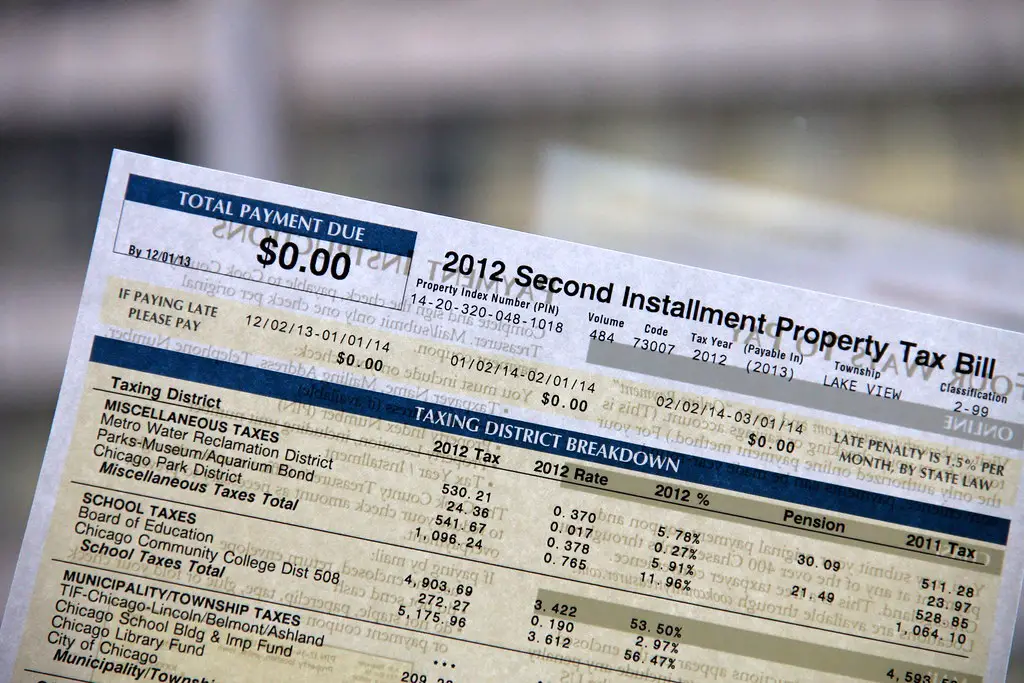
Certain energy-efficient upgrades may increase the assessed value of your home, which could lead to higher property taxes. For example, adding solar panels or a new high-efficiency HVAC system might increase the market value of your home, prompting local tax assessors to raise your property tax assessment. These higher taxes could result in a surprise cost increase for homeowners who were expecting to save money with their energy-efficient upgrades.
Although some areas offer tax credits or rebates to encourage energy-efficient improvements, property taxes often aren’t considered in these programs. As a result, homeowners may find themselves paying more in property taxes after investing in energy-efficient systems. It’s essential to check with local tax authorities before making upgrades to understand how they might impact your tax obligations.
12. Cost of Upgrading Electrical Systems
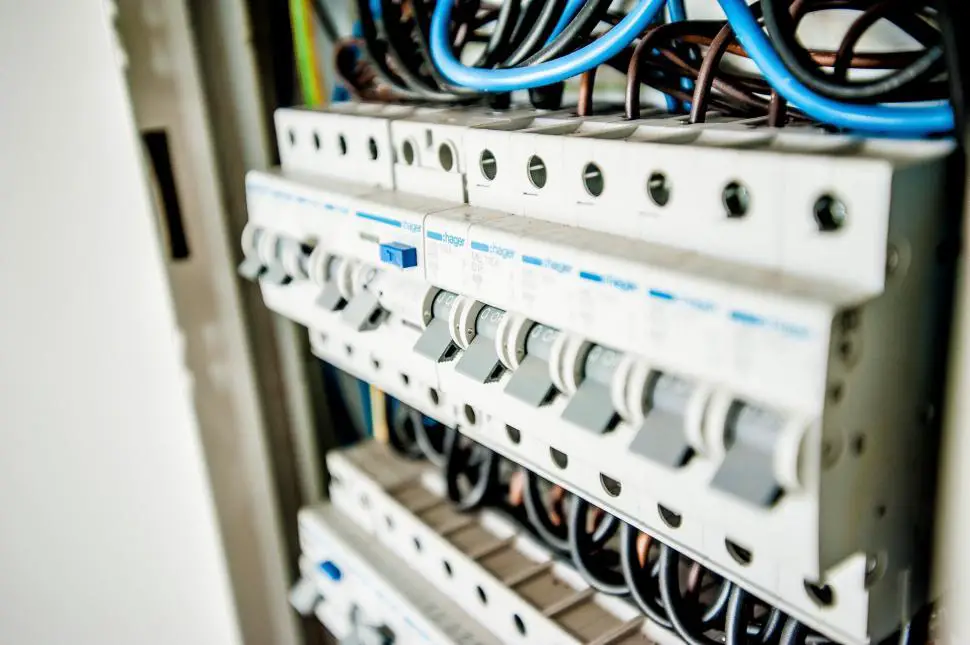
Many energy-efficient upgrades require changes to your home’s electrical system, which can come with significant costs. For instance, installing a solar panel system or a large battery storage unit may require an upgrade to your home’s electrical panel. Older homes, in particular, may not be equipped to handle the additional load of modern energy-efficient technologies, so homeowners may need to pay for rewiring or installing a new panel. These upgrades often require professional electricians, whose services can be expensive.
Moreover, while energy-efficient systems such as smart appliances or electric car chargers may appear simple to install, they often require new wiring, which increases costs further. If the home is older and the wiring is outdated, you could be facing even higher costs to ensure the electrical system can support these upgrades. These hidden electrical upgrades are often a surprise to homeowners who don’t anticipate the need for major adjustments to their home’s infrastructure.
13. Extended Payback Period
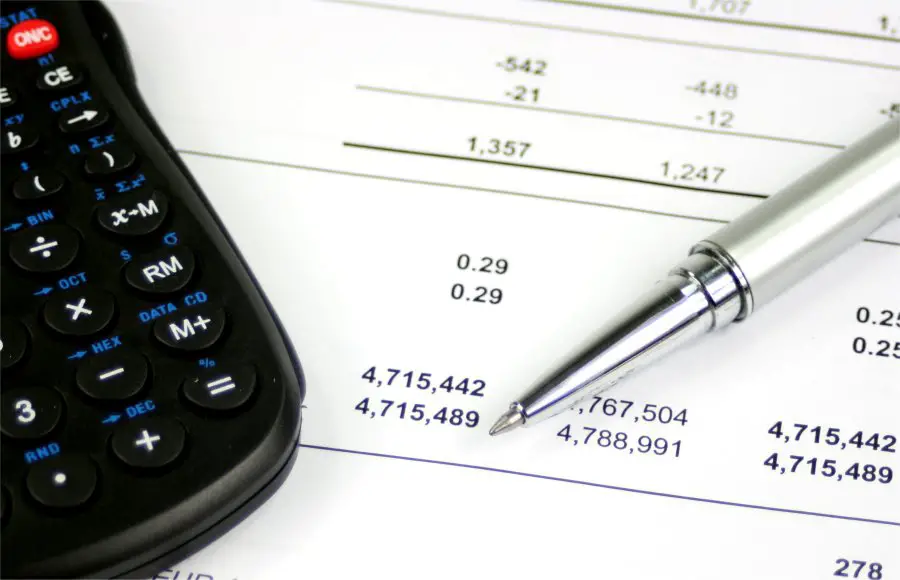
Energy-efficient home upgrades often promise long-term savings, but the payback period—the amount of time it takes for the energy savings to cover the initial costs—can be longer than expected. While many systems, such as solar panels or high-efficiency heating and cooling systems, will save homeowners money on energy bills over time, it may take many years before the savings offset the original investment. Homeowners may find that they need to wait 10 years or more before they truly start to benefit from the investment, depending on the specific upgrades and local energy costs.
Additionally, changes in household size, lifestyle, or energy prices can affect how quickly the savings materialize. For example, if you move to a smaller home or reduce your energy consumption, the savings may not accumulate as expected. While energy-efficient upgrades can eventually pay off, homeowners need to consider whether they’re willing to wait for the savings to outweigh the initial costs, particularly if they plan to sell the home before the payback period is complete.
14. Unexpected Future Repairs

Although energy-efficient systems are designed to last longer than conventional systems, they are not immune to failure or wear and tear. In fact, some energy-efficient technologies, such as advanced HVAC systems or solar panels, may require costly repairs or replacements sooner than expected. For instance, while solar panels are touted for their longevity, issues with inverters, wiring, or batteries can arise and lead to expensive repairs. Additionally, high-tech systems may require specialized parts that are more expensive and harder to find than conventional alternatives.
Moreover, some manufacturers may offer warranties, but these typically do not cover all possible issues, leaving homeowners to pay for repairs out of pocket. As these systems age, the cost of repairs may increase, particularly if they are complex or require high-tech replacements. Homeowners need to budget for these potential future repairs, especially if they’re relying on energy-efficient systems for long-term savings. It’s important to weigh these hidden repair costs when considering whether the initial investment is truly worth it in the long run.
